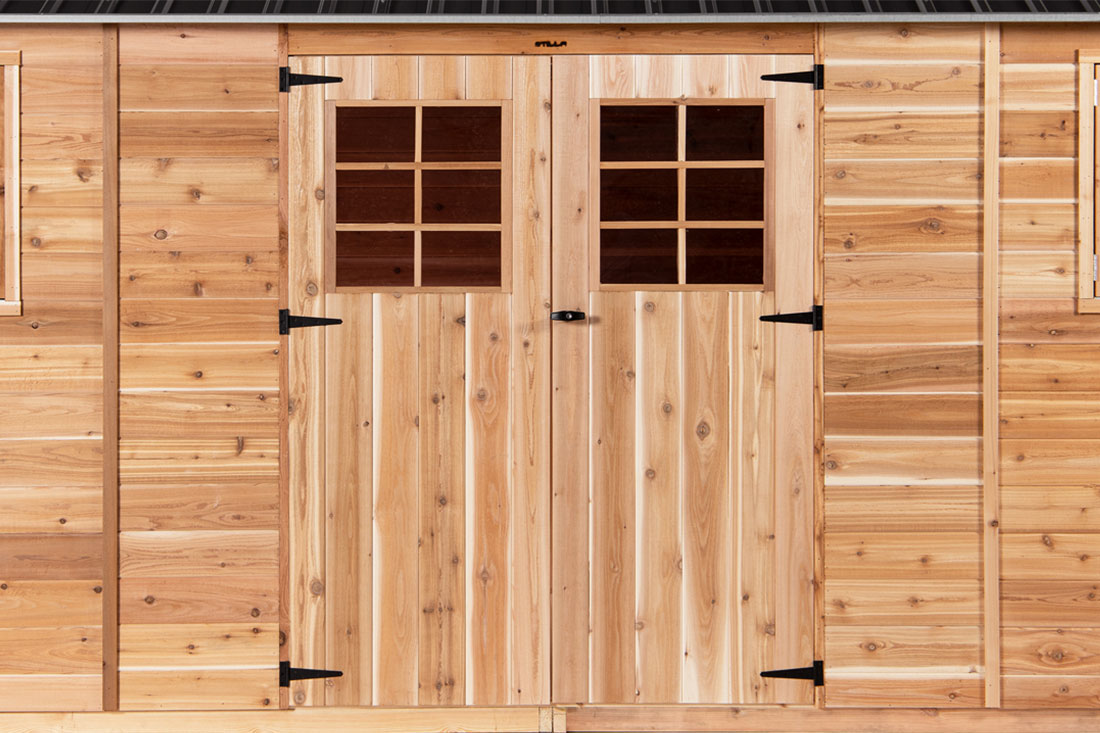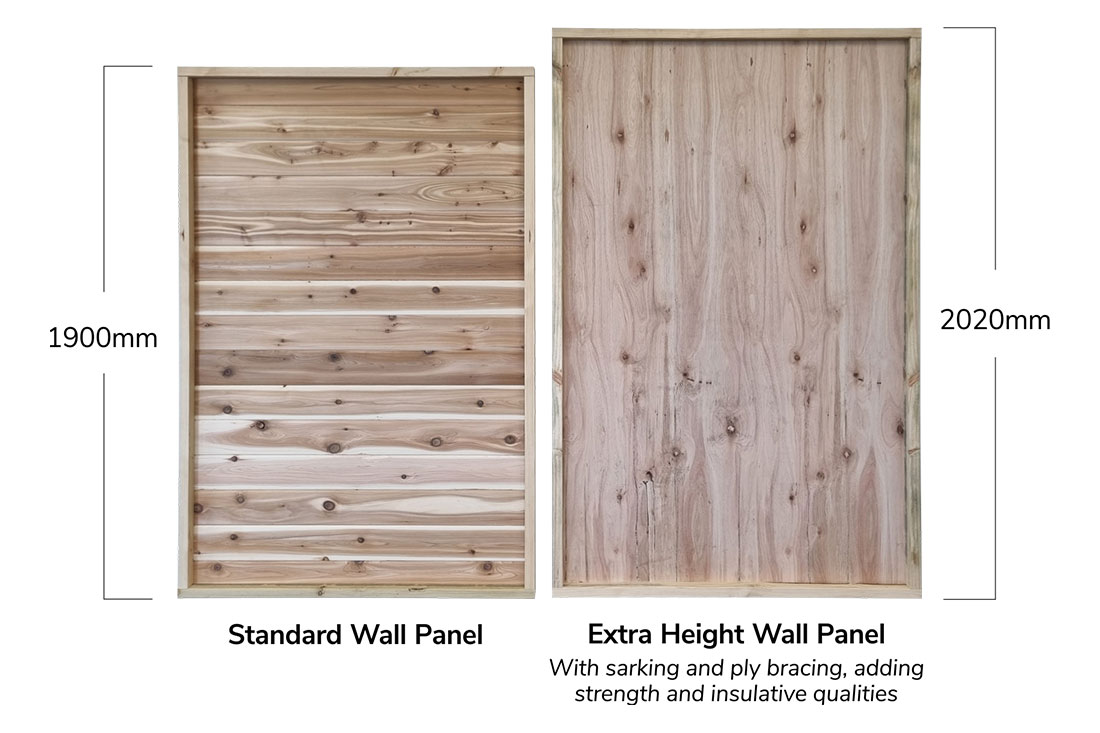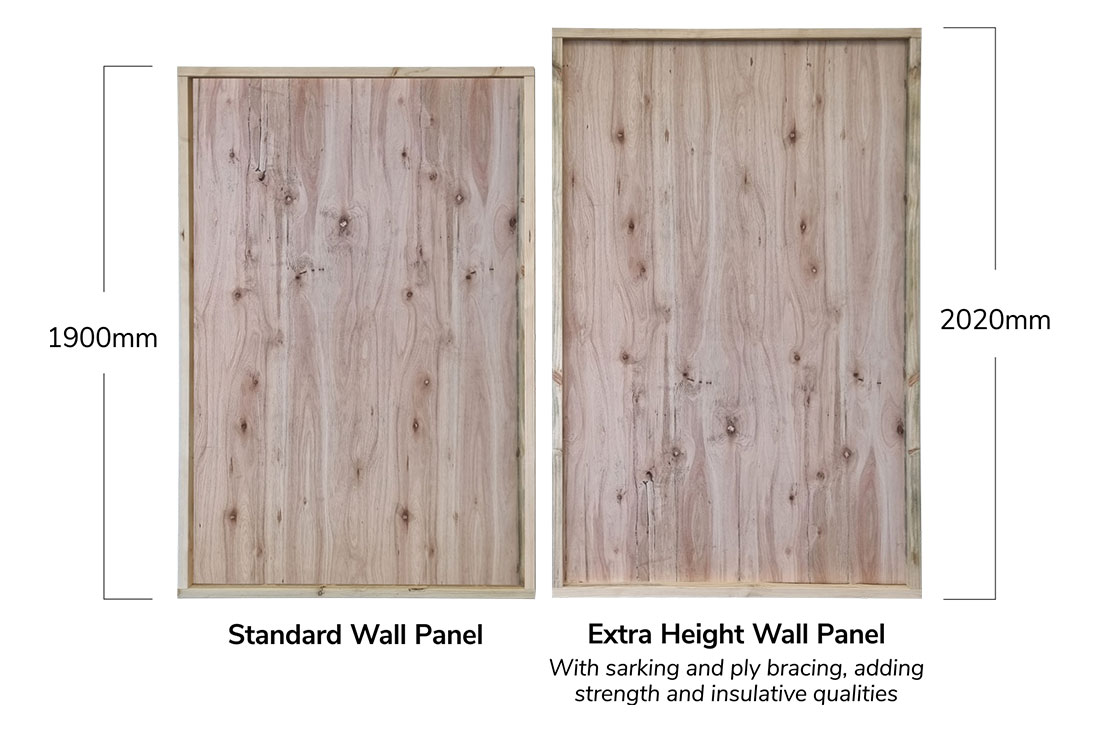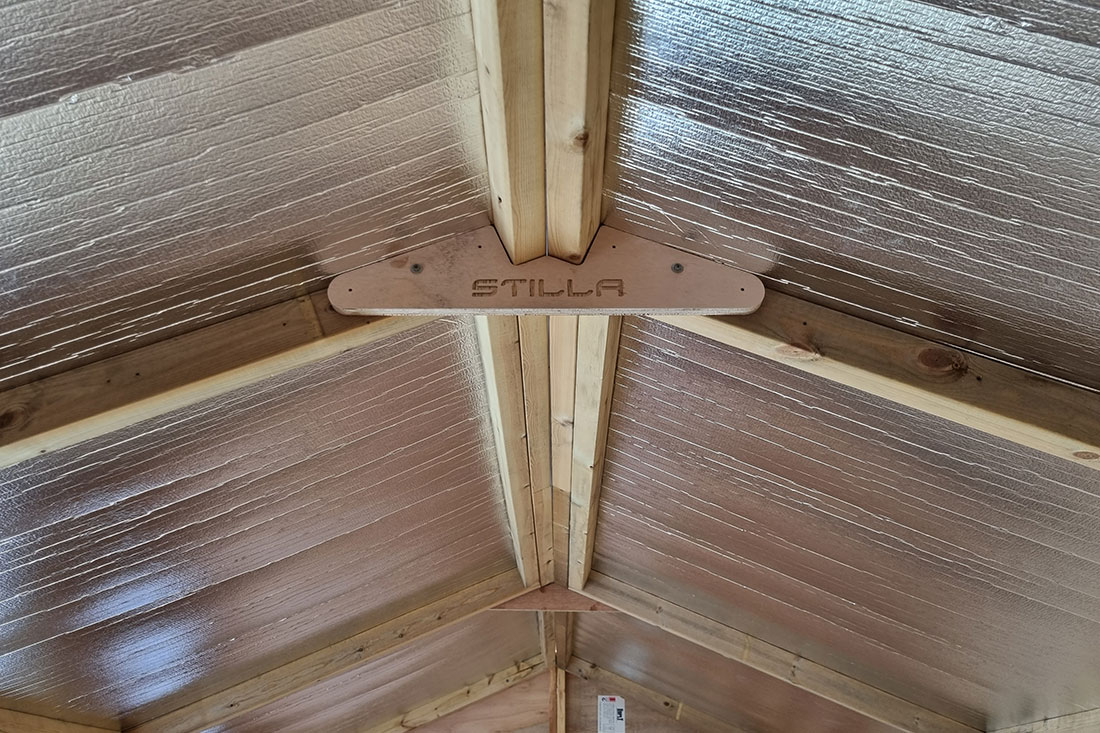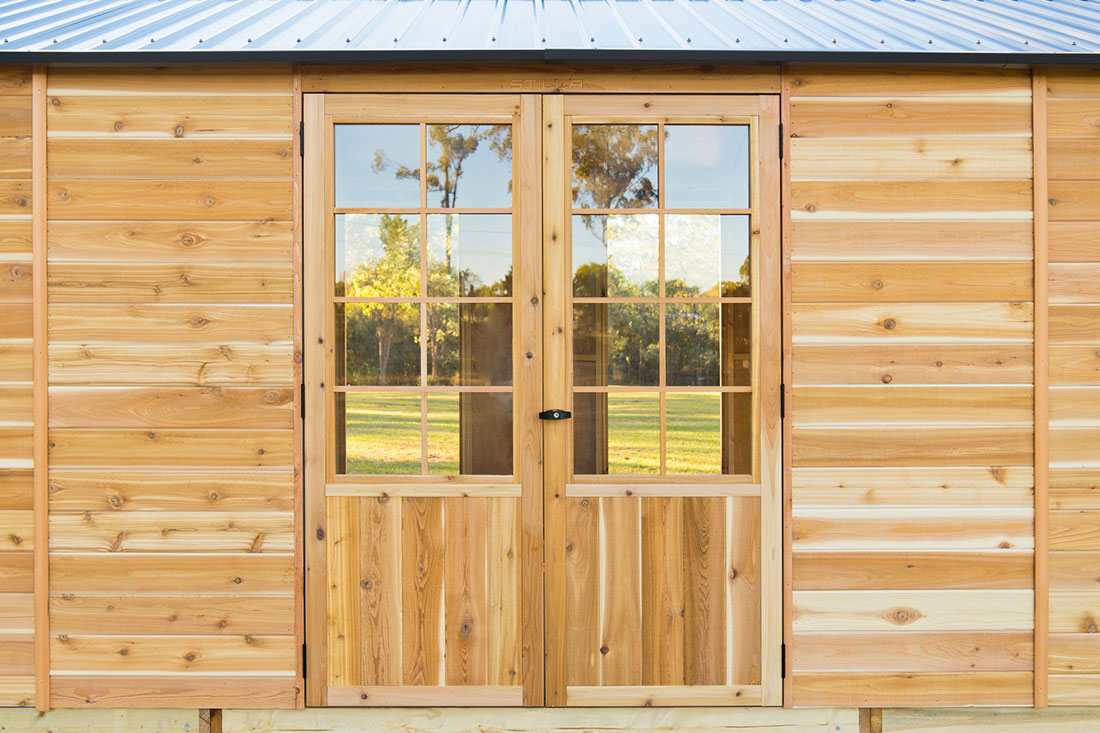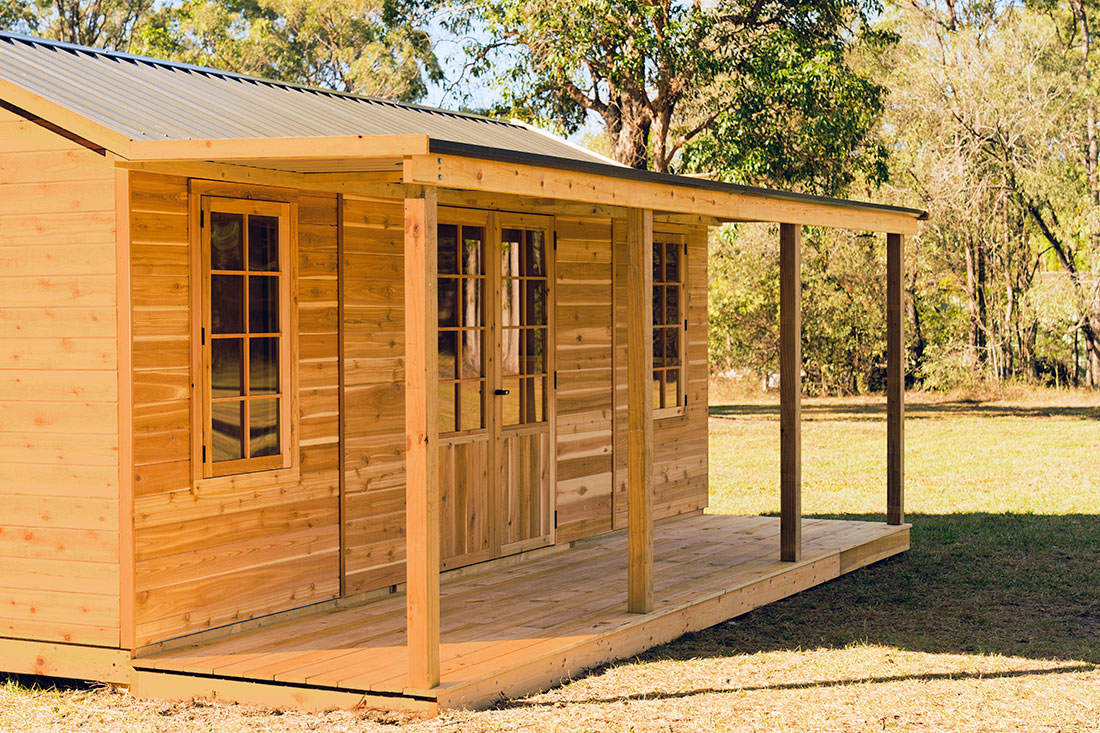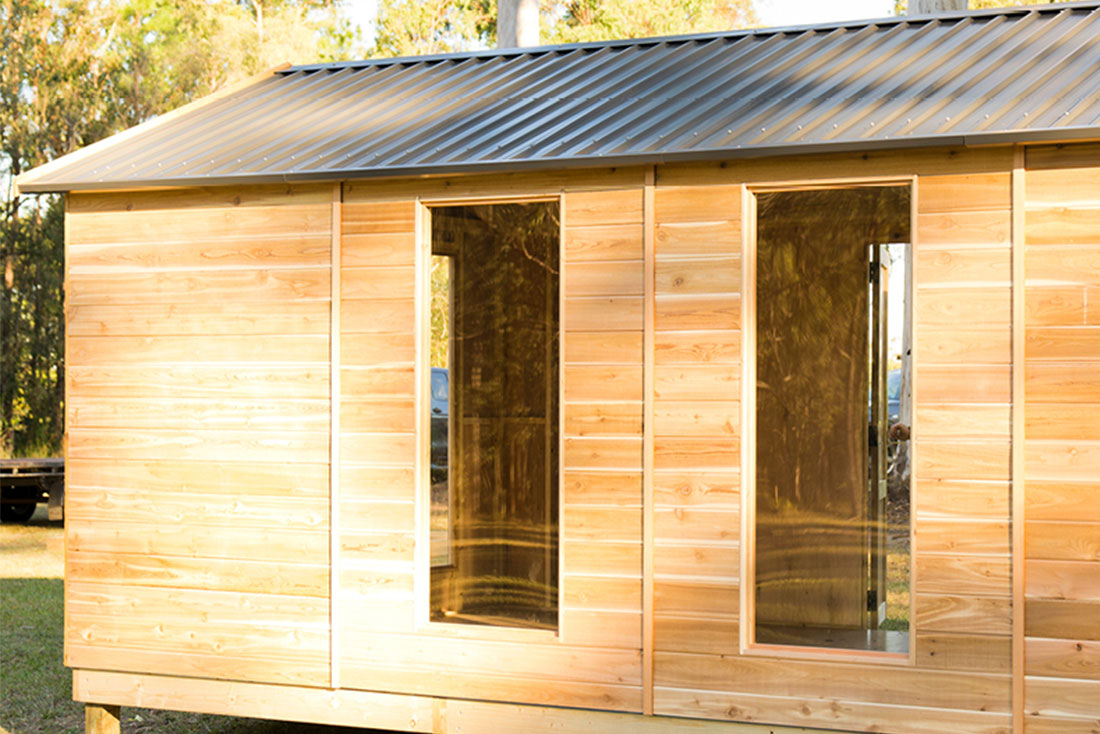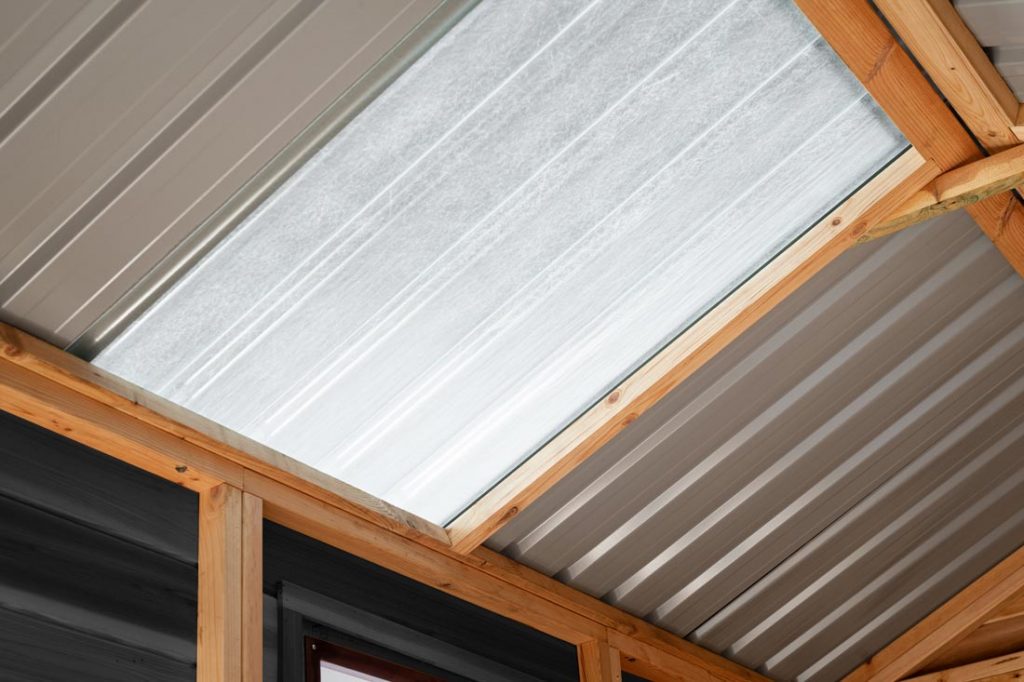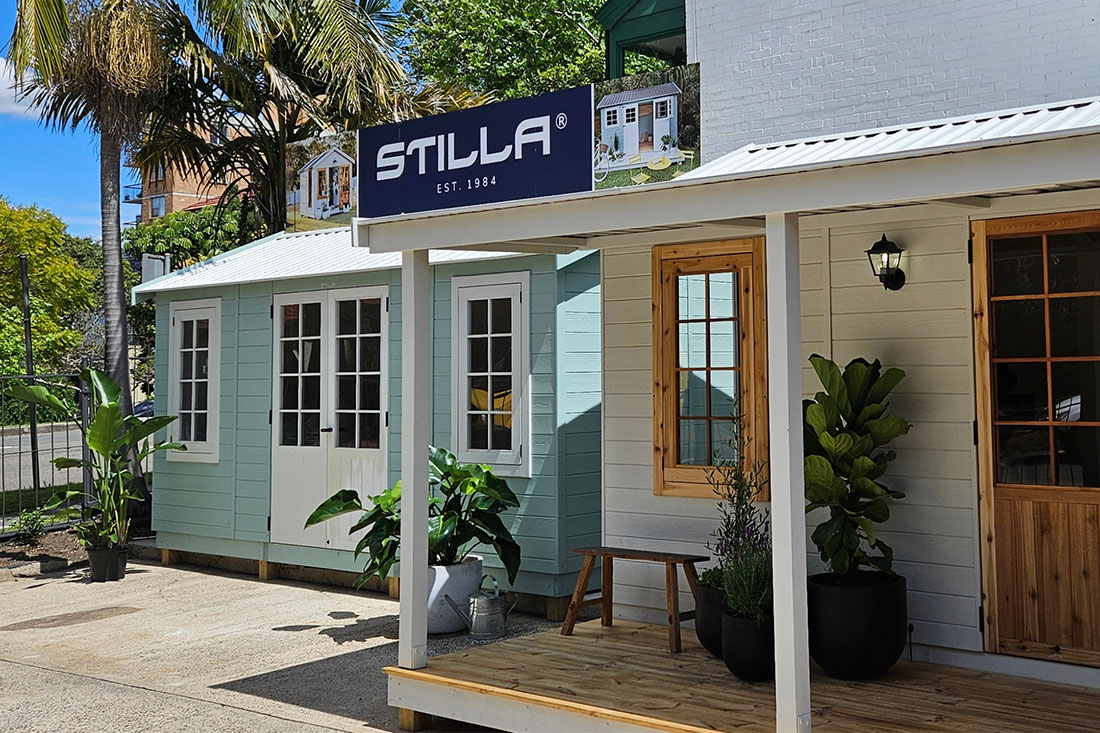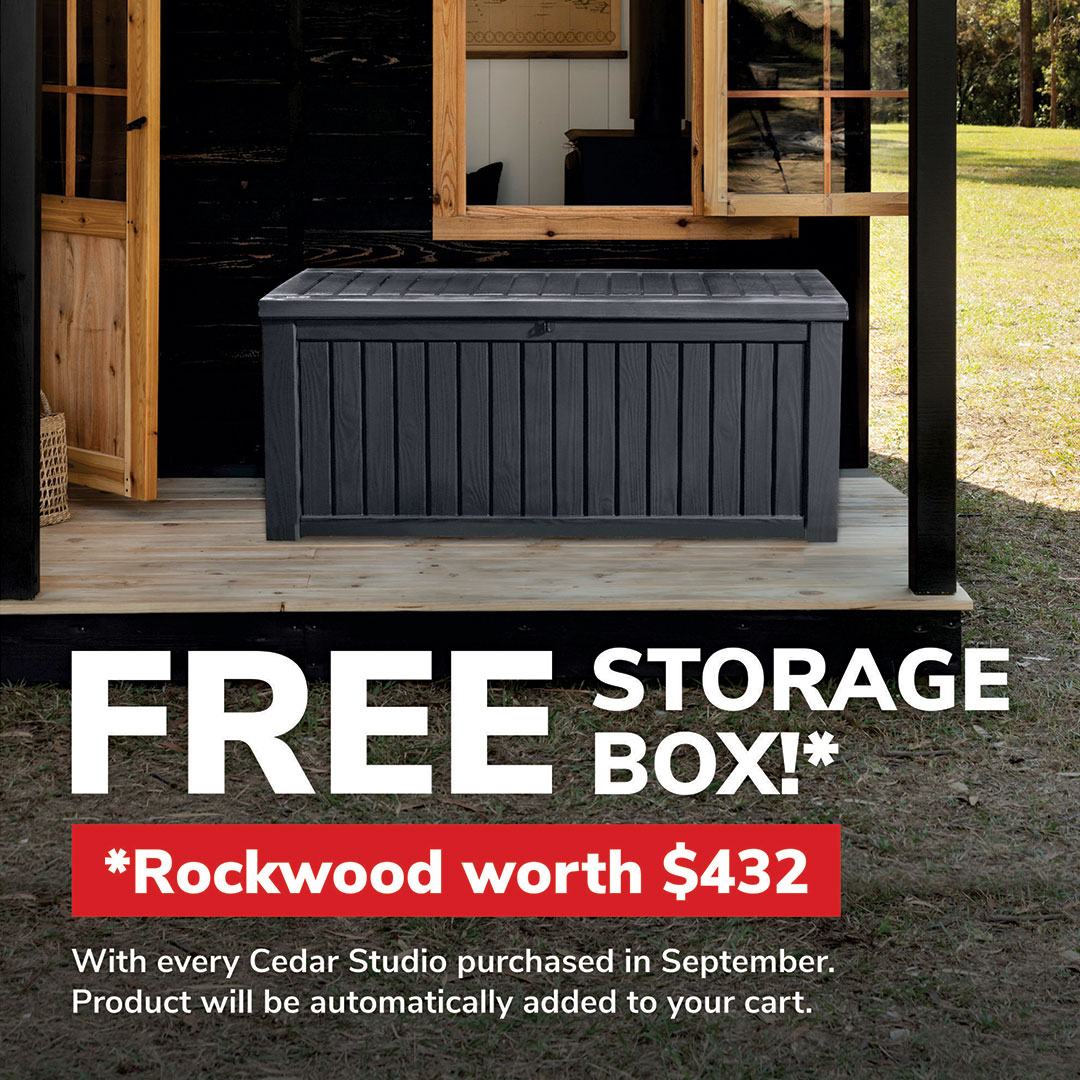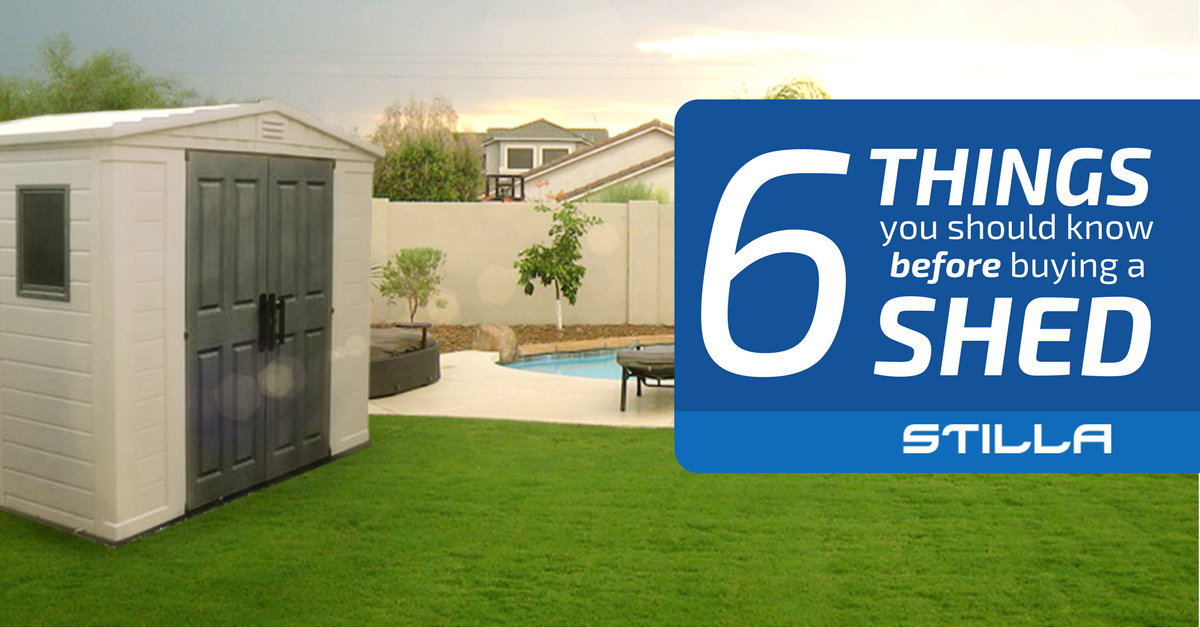
26 Apr 6 things you should know before buying a shed
Deciding to get a shed is easy. Picking the right shed for your needs is a bit harder. Here’s a quick checklist of the things you should either find out or decide before you start shed shopping.
- Local council rules
There are some rules and regulations that are fairly standard but others vary significantly by location, so it’s best to have a reasonable grasp on any restrictions that might narrow down your options.
Most councils allow sheds up to 10 square metres to be installed without approval. In NSW, they allow up to 20 square metres without approval.
It’s likely that there are also restrictions as to how close to the boundary of your property a shed can be built.
- Weather conditions
The Australian climate is harsh, so take that into consideration when choosing your shed, but on top of that we can have some strong winds and other extremes that your shed will have to withstand.
While a shed on a suburban block is generally fairly sheltered, if you’re looking to put one in a large open area, you need to make sure it will cope with higher winds.
- Foundations
This is a very important part of your shed because if the foundation isn’t level it might degrade over time.
A decision on the right foundation can’t be made until you choose your shed as the size and purpose of the shed has to be factored in.
A cedar shed gives you the option of a standard floor – which is great if it’s going on level ground – or a heavy-duty floor. The heavy-duty floor comes with all the hardware and posts to get a solid base for your shed on uneven ground.
A Keter shed comes with floor included, however, it needs to be assembled on level ground. If the area where you’re assembling your Keter shed isn’t level, you’ll need to either do some excavation or build a heavy-duty base.
If you have an existing concrete slab, you can put a cedar or Keter shed straight onto it, provided the shed is no larger than the slab.
- Positioning
Where the shed is going to go on your property might have a significant influence on the type, size, and materials you settle on.
For example, if the shed will be highly visible you might make some different decisions. Some garden sheds add value to your house and some don’t, so if you’re considering something cheap you may want to hide it away.
If you do put it out of the way, you might also have to consider how to get things to and from it (i.e. – you might need a solid path).
If you’re going to be working in the shed, think about positioning for maximum natural light, but at the same time not too exposed to the sun to make it unbearably hot inside.
- Design
The appearance of a shed will be far more important to some than others. A shed for storing garden tools will probably be a lot plainer than one you’re using as a home office or hobby studio.
If it’s going to be a highly visible feature of your garden, it can really add to the aesthetic and, therefore, your property value.
Practicality comes first. What’s going to work best for you? Do you need windows, a skylight, ventilation and/or shelving?
- Purpose
If you’re intending to use your shed mainly for storage, you’ll need to consider access – how easy it is to get things in and out – so that might suggest a wider doorway or double doors, a ramp or flat entry (as opposed to steps), and enough room to get inside and then lift things onto shelves.
If you’re going to be spending a bit of time in your shed, cedar is preferable. A metal shed with no insulation will get extremely hot inside, while a cedar shed will remain cool in summer and warm in winter, as cedar is one of the most insulative materials.
Think about lighting, heating, ventilation, whether you need power connected, how secure the shed has to be, whether you need workbenches, shelves, cupboards, or a view.
And if your shed needs to be adaptable for multi-purpose use, why not consider the possibility of two separate sheds?
Whatever you need – or if you’ve still got some decisions to make – let us know and we’ll be more than happy to help.


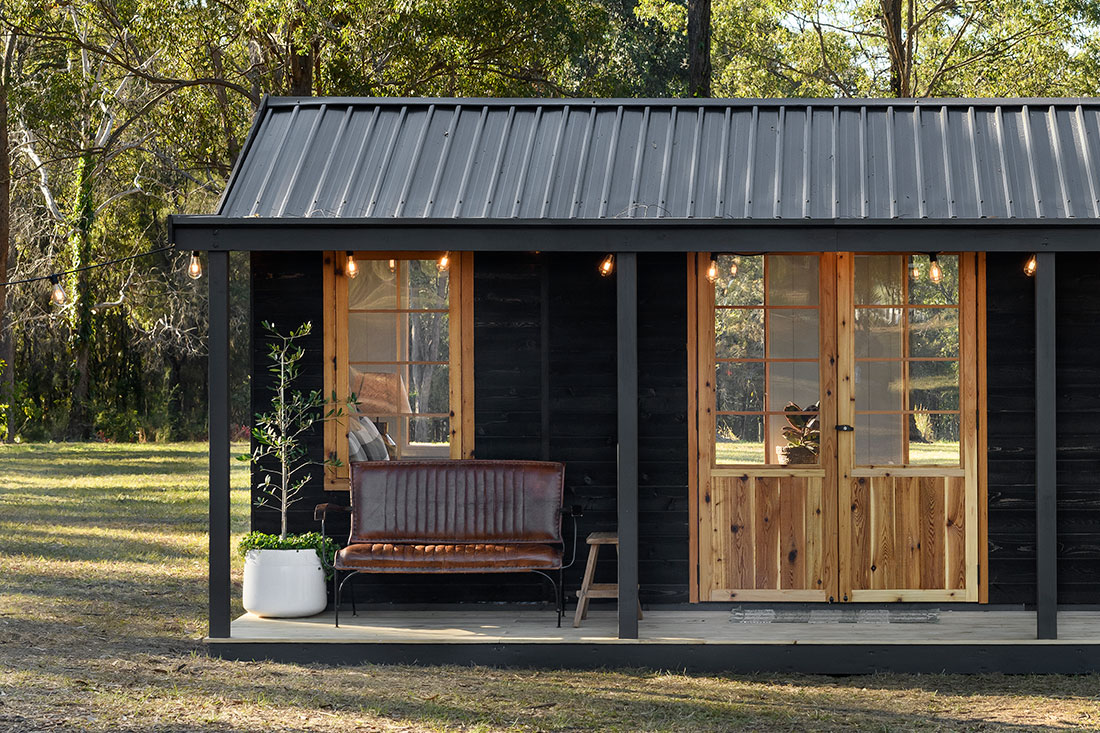
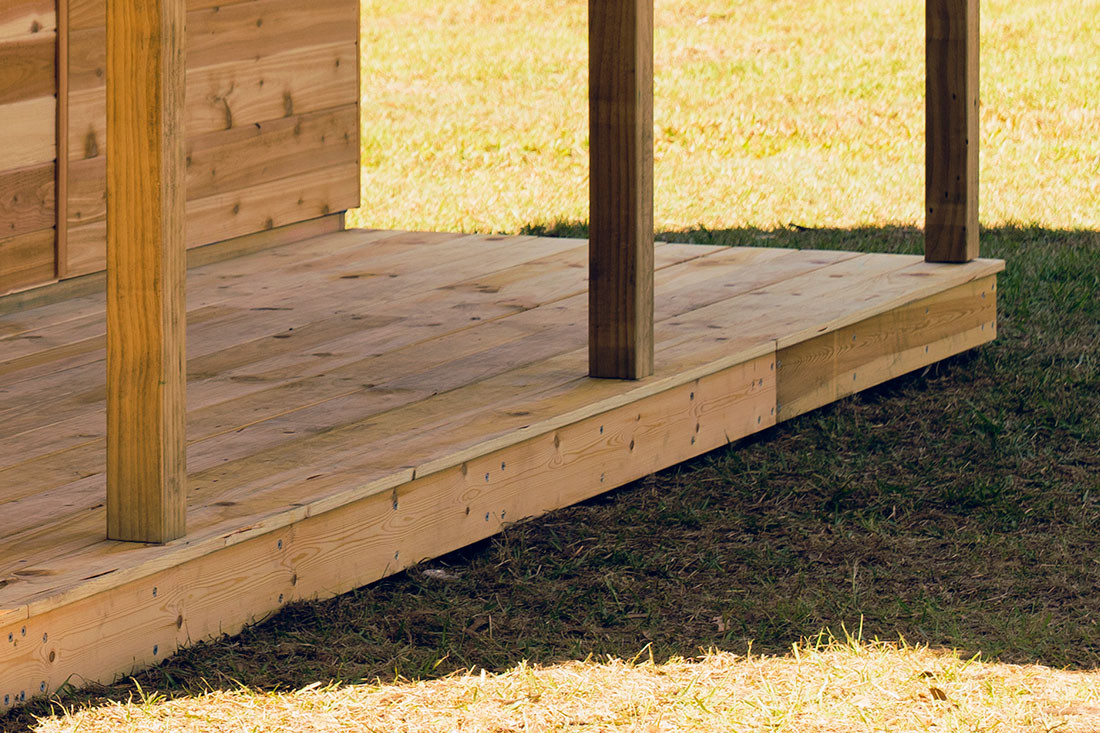
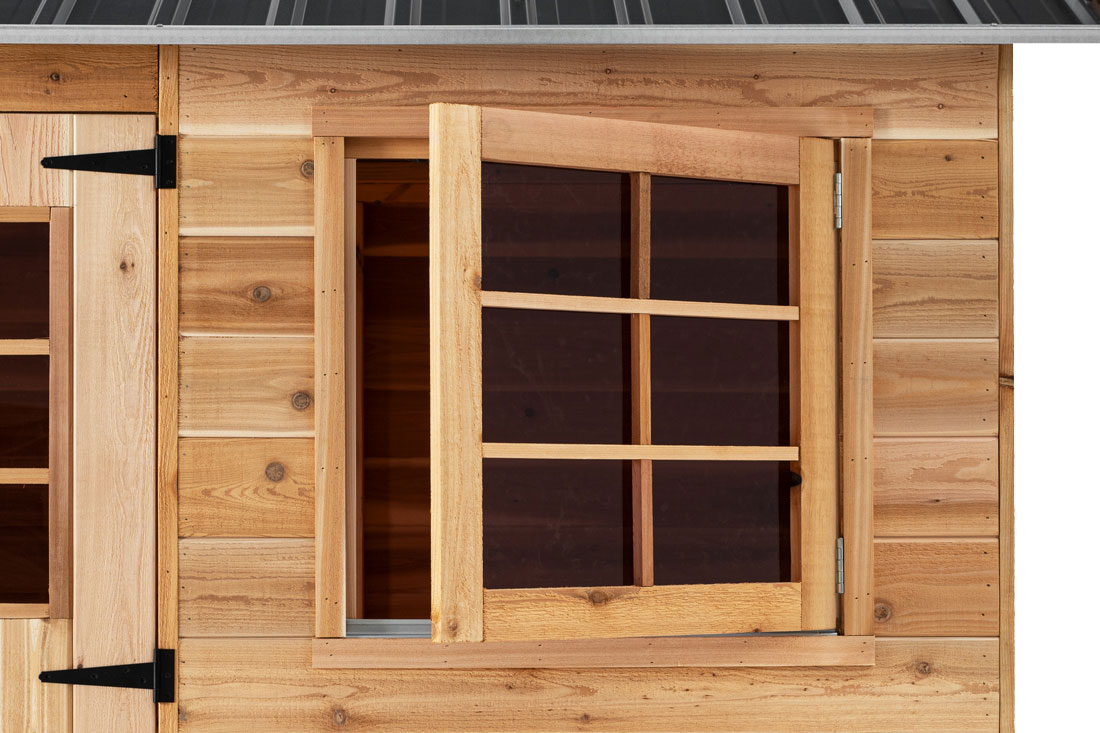
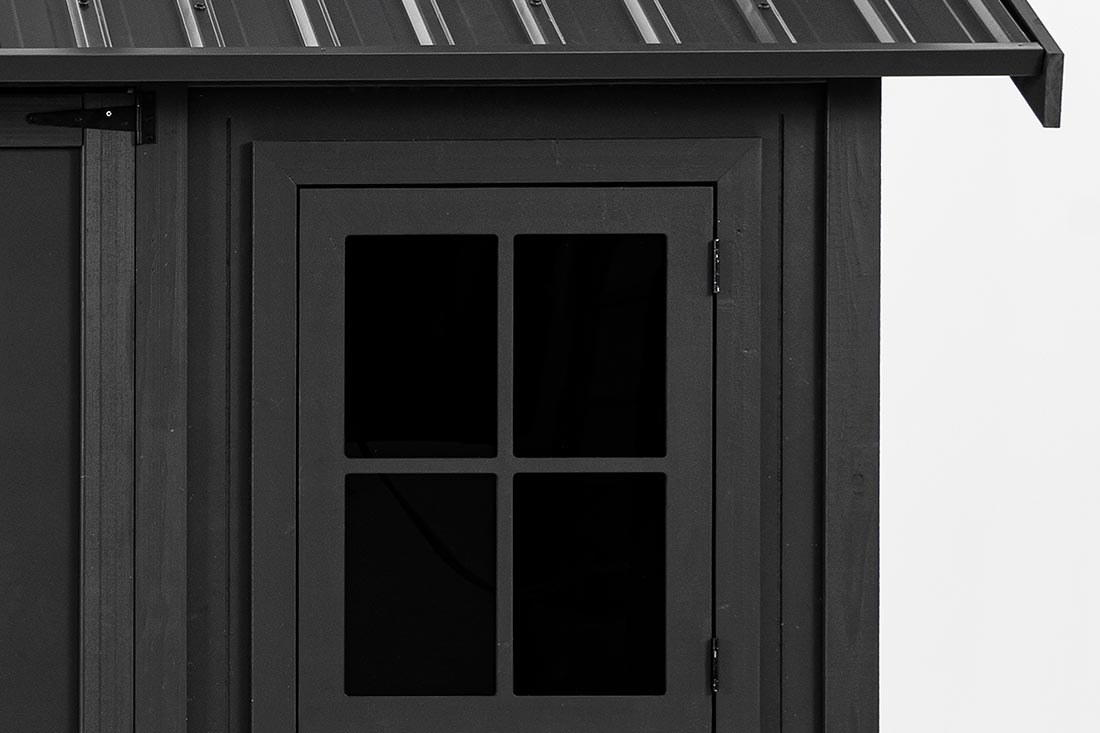
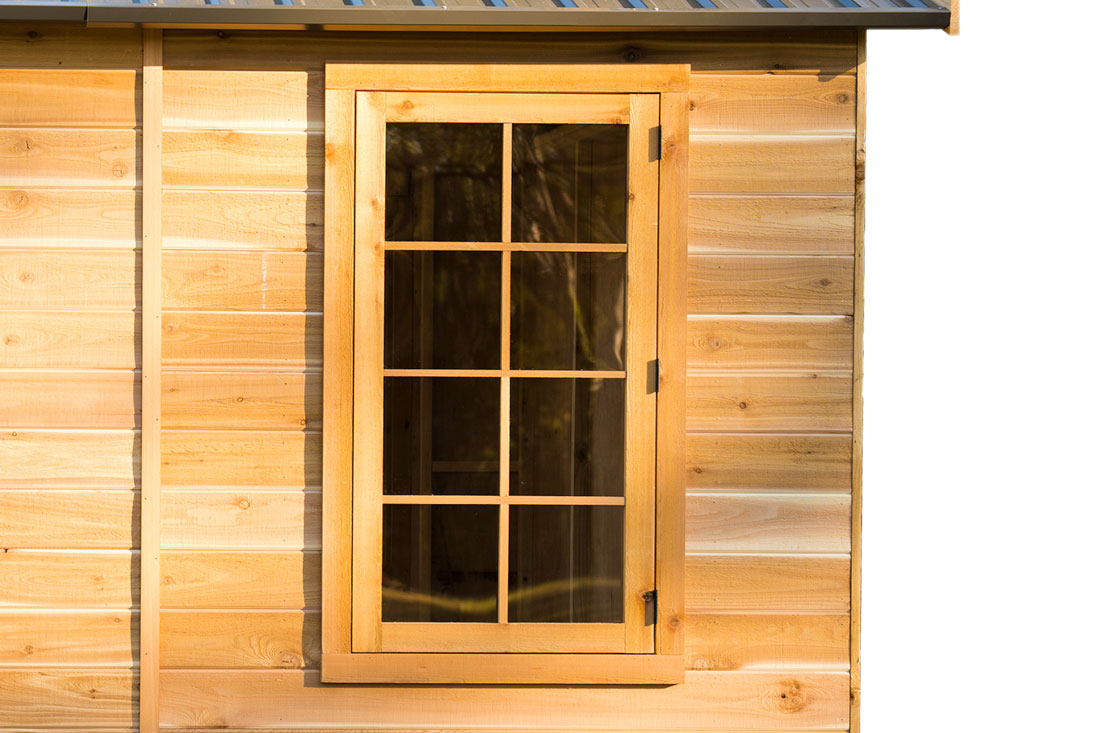
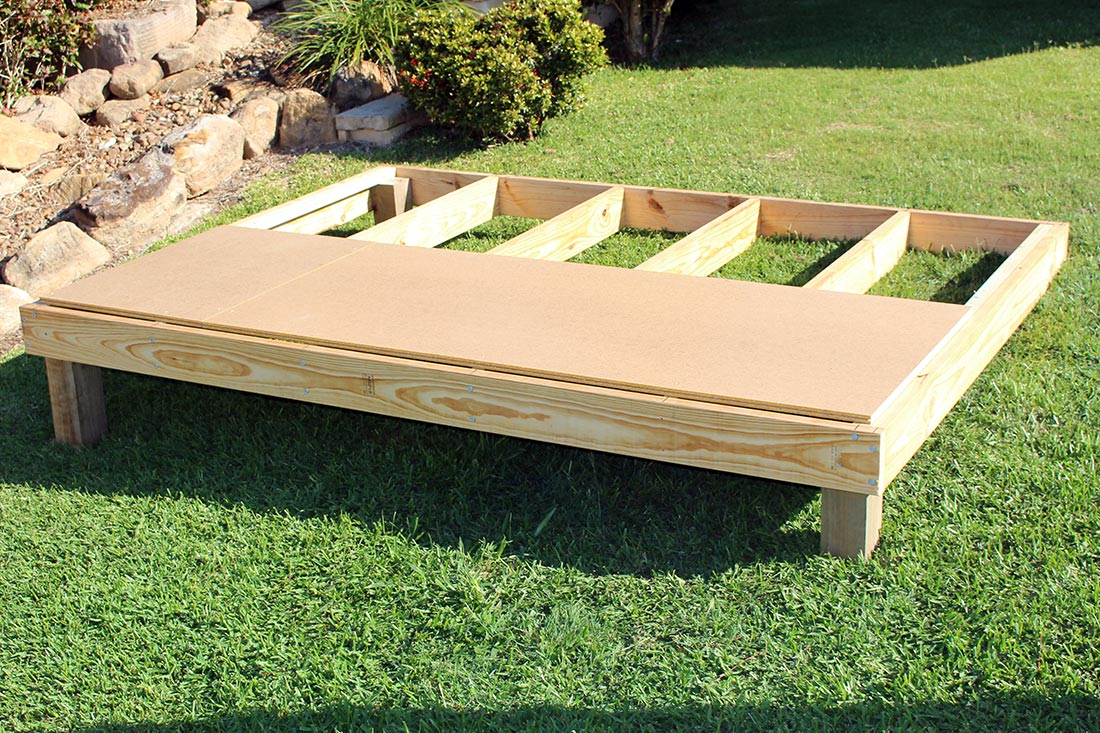
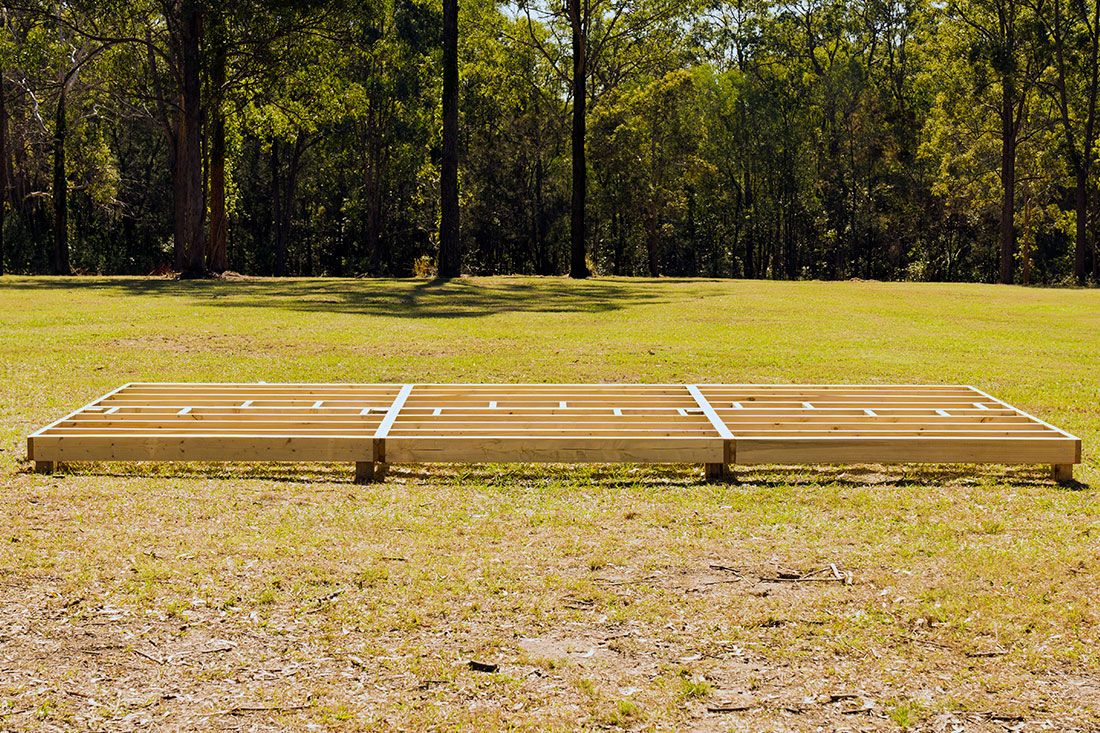
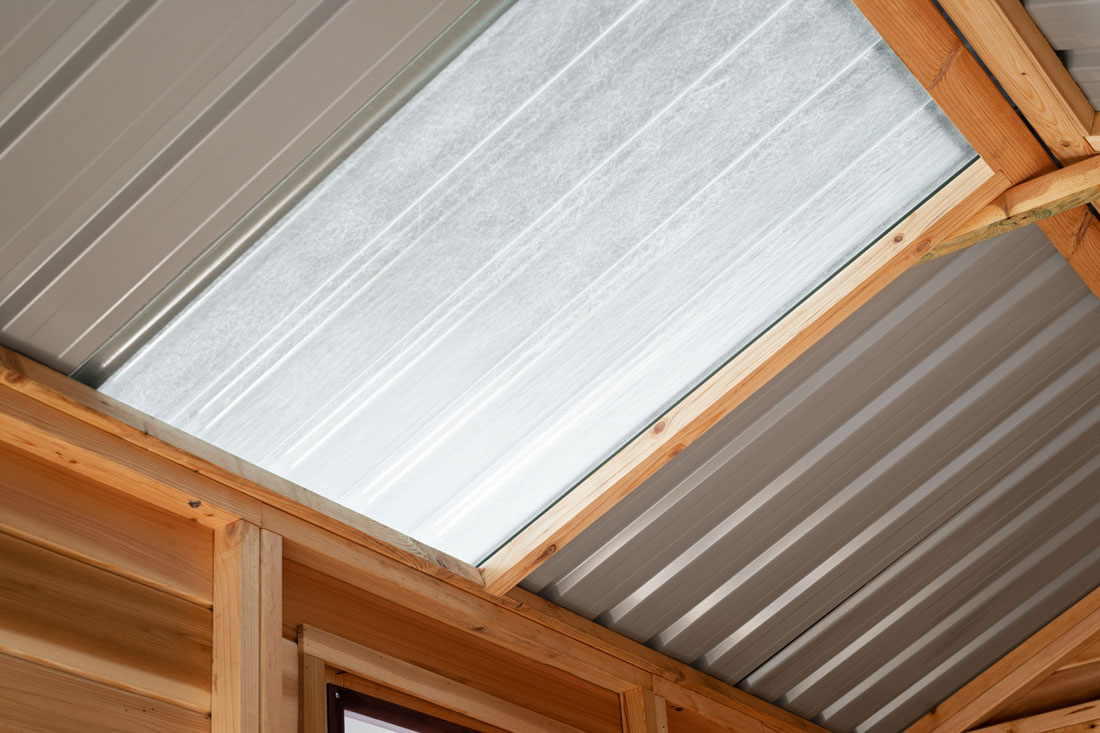
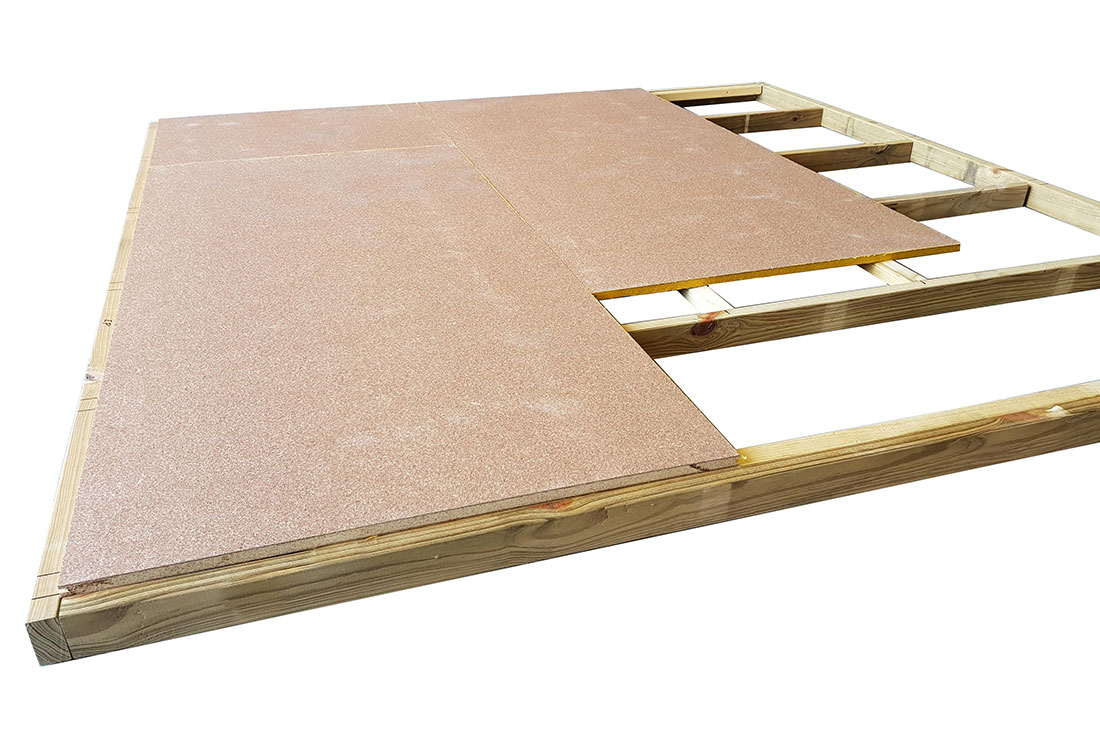
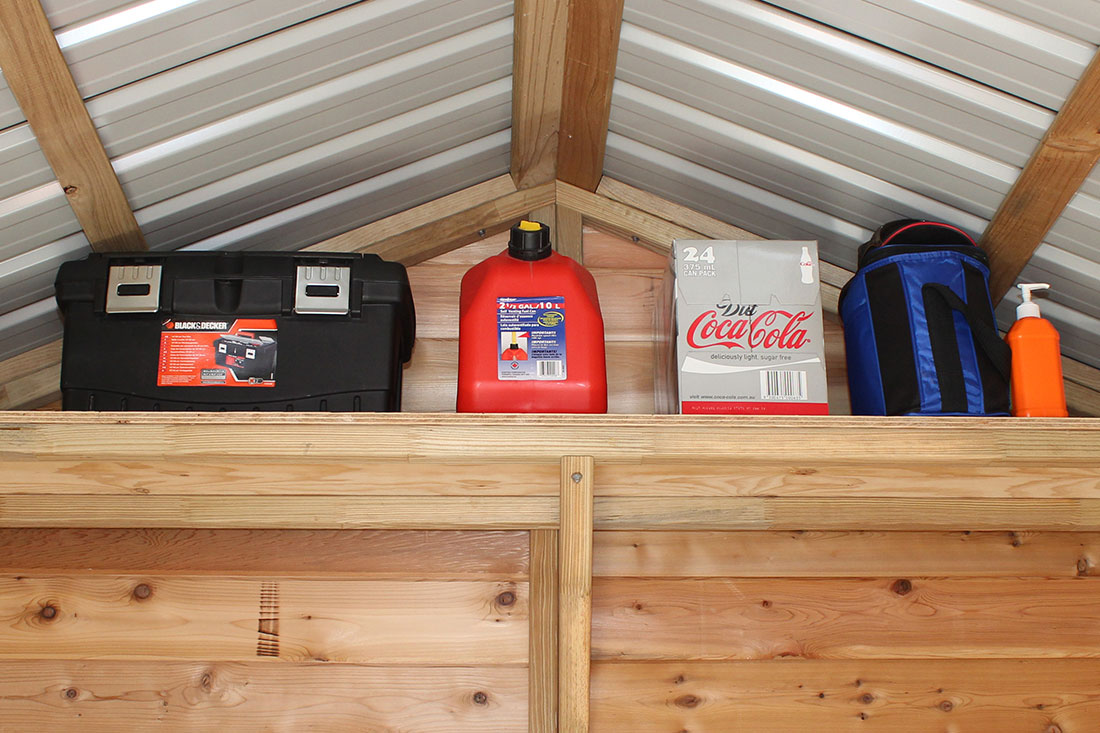
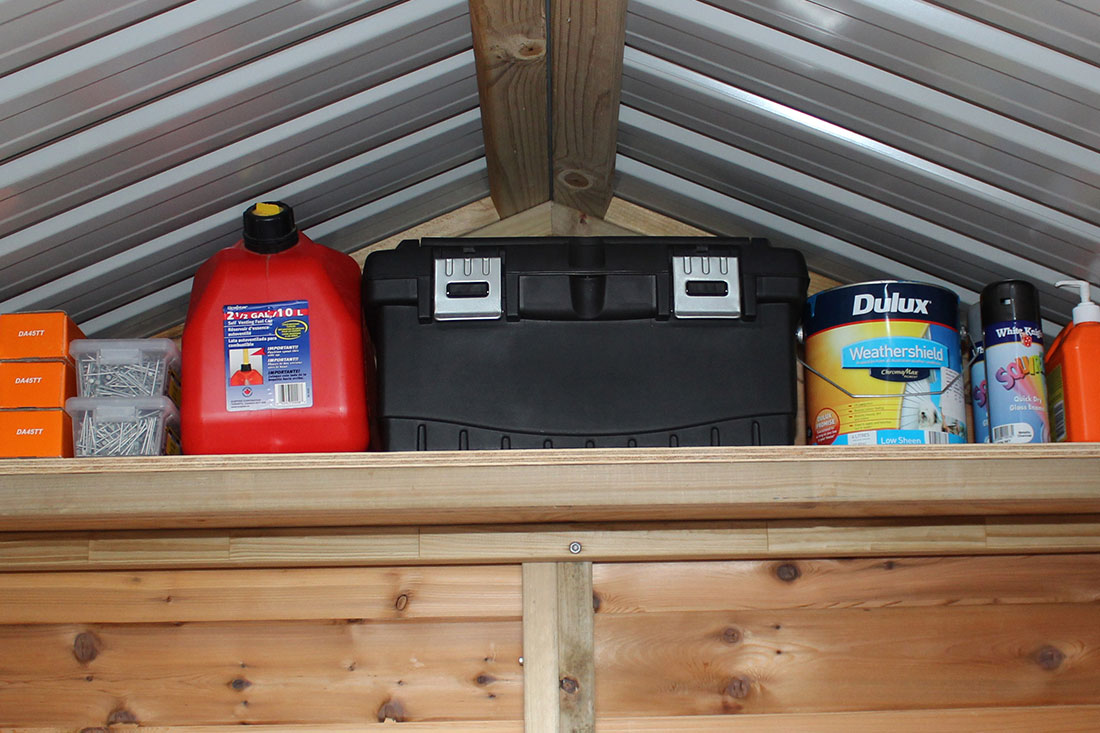
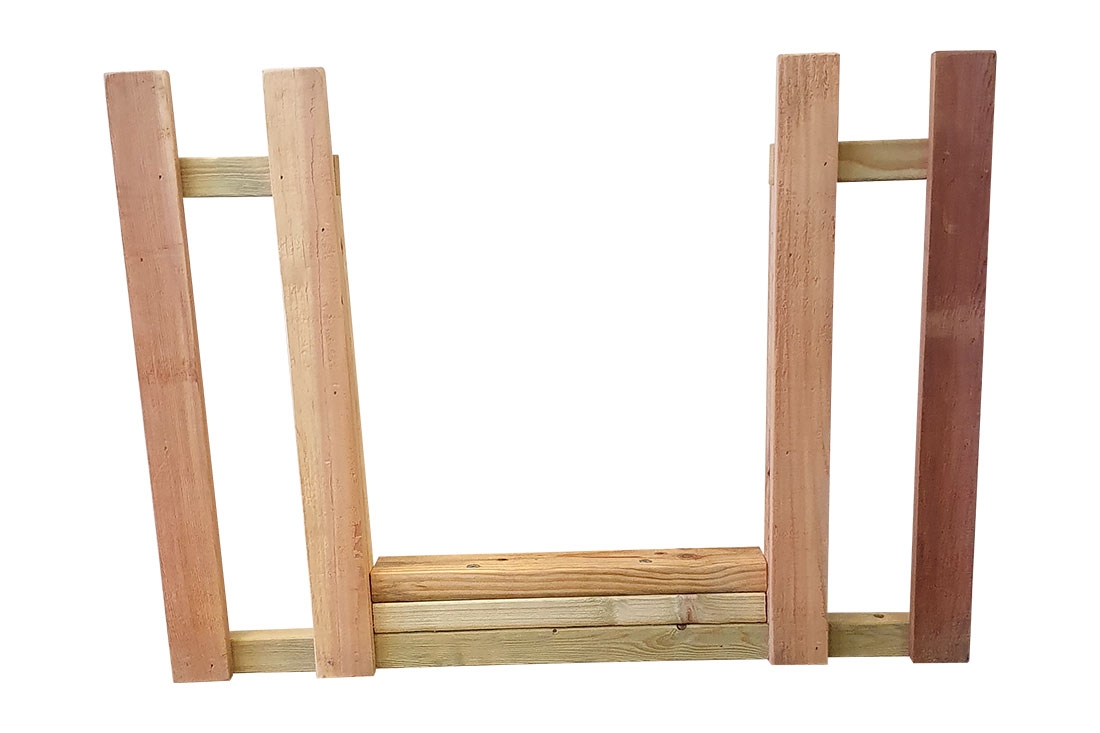 Includes an adjusted railing & ground pegs to make provision for a slide to be attached to the Hideout Tower.
Includes an adjusted railing & ground pegs to make provision for a slide to be attached to the Hideout Tower.